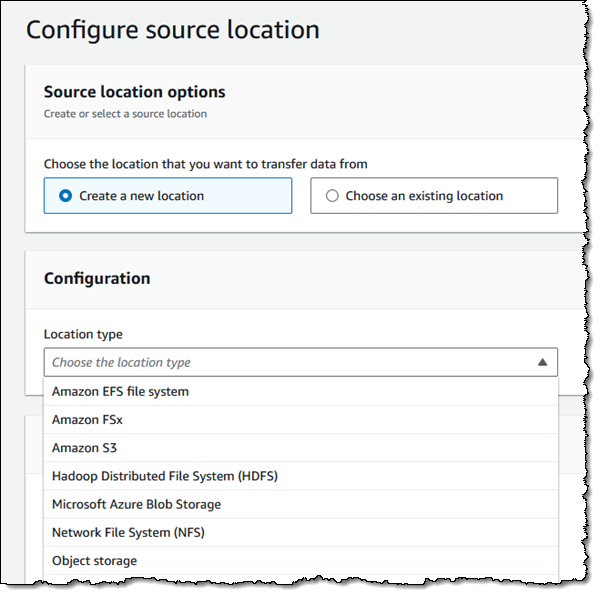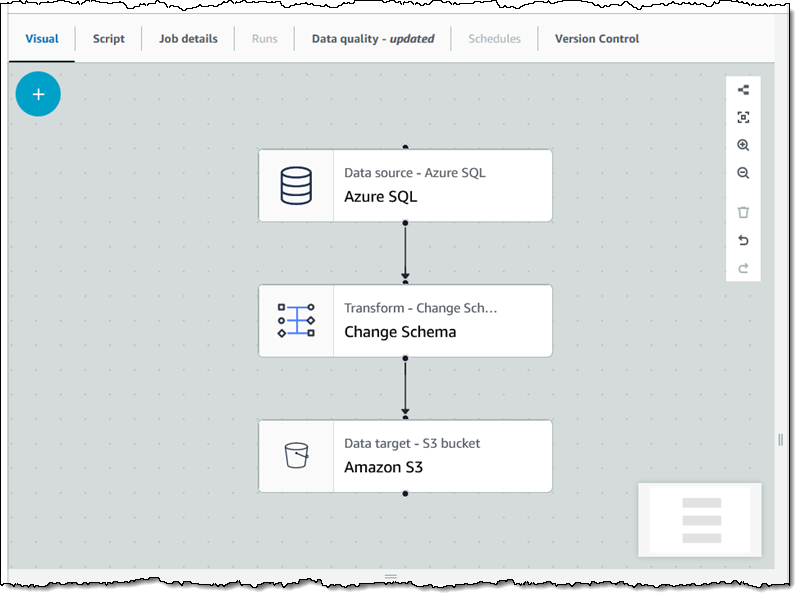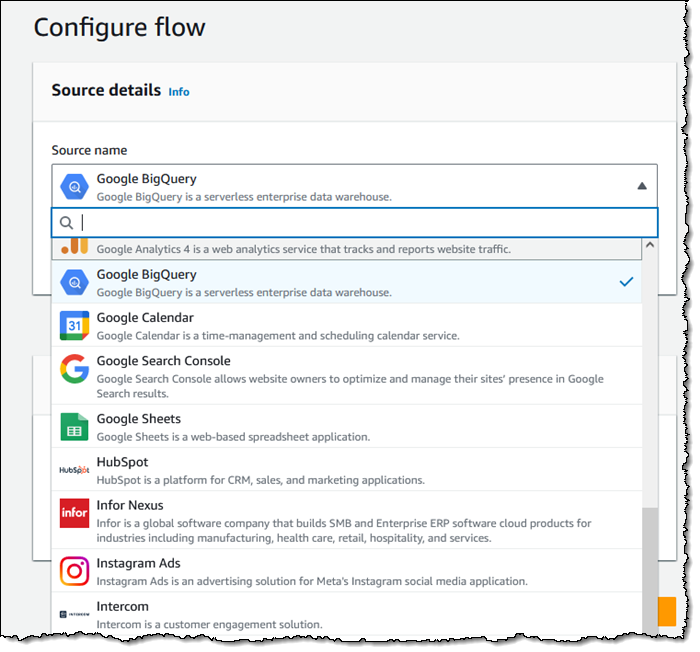


—
Navigating Multicloud Environments with AWS: Simplifying and Centralizing Cloud Management
As businesses increasingly leverage cloud computing to drive innovation and scalability, many are finding themselves navigating complex multicloud environments. This can occur either by strategic choice or through organic growth and acquisitions, leading to a mix of services from multiple cloud providers alongside on-premises resources. For these organizations, simplifying and centralizing the management of such diverse portfolios is a common goal. In this article, we explore how AWS is addressing these challenges and the latest enhancements to its multicloud capabilities.
The Multicloud Challenge
When engaging with large-scale AWS customers, a recurring theme is the complexity of managing multicloud environments. These scenarios often arise due to:
- Intentional Strategy: Teams or divisions independently selecting cloud services that best meet their specific needs.
- Accidental Evolution: Organizations merging or acquiring others that use different cloud providers.
Regardless of the origin, the overarching need is clear: a streamlined approach to managing a heterogeneous mix of cloud and on-premises resources.
AWS’s Approach to Multicloud Management
AWS aims to empower customers to succeed regardless of their architectural choices. By extending existing AWS operational and management capabilities to multicloud and hybrid environments, AWS ensures that investments in training, development, and processes remain valuable. This approach allows organizations to use familiar AWS tools across different cloud platforms and on-premises systems.
Key Services for Multicloud Management
- AWS Systems Manager: This service simplifies resource management by providing a unified interface to patch, update, and manage servers across AWS, on-premises, and other cloud environments.
- Amazon CloudWatch: A comprehensive monitoring service that allows users to track performance and health metrics across AWS, on-premises, and multicloud deployments.
For more detailed examples, the AWS Solutions for Hybrid and Multicloud page offers case studies from customers like Phillips 66 and Deutsche Börse, showcasing the practical application of AWS’s multicloud strategies.
Recent Multicloud Enhancements
In 2023, AWS introduced several new multicloud capabilities across its services portfolio, focusing on data and analytics, security, and identity management. Here are some highlights:
AWS DataSync
AWS DataSync facilitates data transfer between various storage services. Recent updates include support for Oracle Cloud Storage and DigitalOcean Spaces, among others. This service streamlines data migration and synchronization across different cloud platforms, ensuring seamless integration with existing workflows.

AWS Glue
AWS Glue is a data integration service that connects to over 80 data sources, including cloud databases and analytics services. Recent enhancements include new connectors for bi-directional data transfer between Amazon S3 and Azure Blob Storage, as well as additional database connectors for AWS Glue for Apache Spark.

Amazon Athena
Amazon Athena is a serverless analytics service that enables SQL queries on petabyte-scale data across more than 25 external data sources. The service now includes a connector for querying data in Google Cloud Storage, further extending its multicloud capabilities.
Amazon AppFlow
Amazon AppFlow allows data integration from various sources, including Google BigQuery. This service simplifies the process of moving and analyzing data across different cloud platforms.

Amazon Security Lake
Amazon Security Lake centralizes security data from AWS, SaaS providers, on-premises, and other cloud sources into a dedicated data lake. The service supports the Open Cybersecurity Schema Framework (OCSF) standard, enabling comprehensive security posture management.
AWS Secrets Manager
AWS Secrets Manager securely manages secrets like database credentials and API keys across multicloud environments. The service supports centralized auditing and disaster recovery through secret replication.
AWS Identity and Access Management (IAM)
AWS IAM Identity Center now supports automated user provisioning from Google Workspace, simplifying access management across AWS accounts while maintaining a consistent user experience.
Amazon CloudWatch
Amazon CloudWatch has been enhanced to support the consolidation of metrics from hybrid, multicloud, and on-premises environments. This includes integration with services like Amazon Managed Service for Prometheus, Amazon OpenSearch Service, and Microsoft Azure Monitor.
Multicloud Content and Guidance
AWS provides extensive resources to help customers navigate multicloud environments. Some notable blog posts and videos from AWS re:Invent 2023 offer in-depth insights and practical tips. Additionally, the AWS Solutions for Hybrid and Multicloud page is a valuable bookmark for ongoing updates and resources.
Conclusion
AWS’s commitment to supporting multicloud and hybrid environments ensures that organizations can leverage their preferred cloud services while maintaining centralized management and oversight. By extending familiar AWS tools to other cloud platforms, AWS helps customers streamline operations, reduce complexity, and maximize their cloud investments.
If you are managing a multicloud environment and looking to simplify your operations, reach out to your AWS Account Manager (AM) or Technical Account Manager (TAM) for personalized assistance.
— Jeff Barr
—
This article has been crafted to provide a comprehensive overview of AWS’s multicloud capabilities, making it an informative read for both technical and non-technical audiences. The focus is on clarity and accessibility, ensuring that readers can easily grasp the benefits and practical applications of AWS’s services in a multicloud context.


































